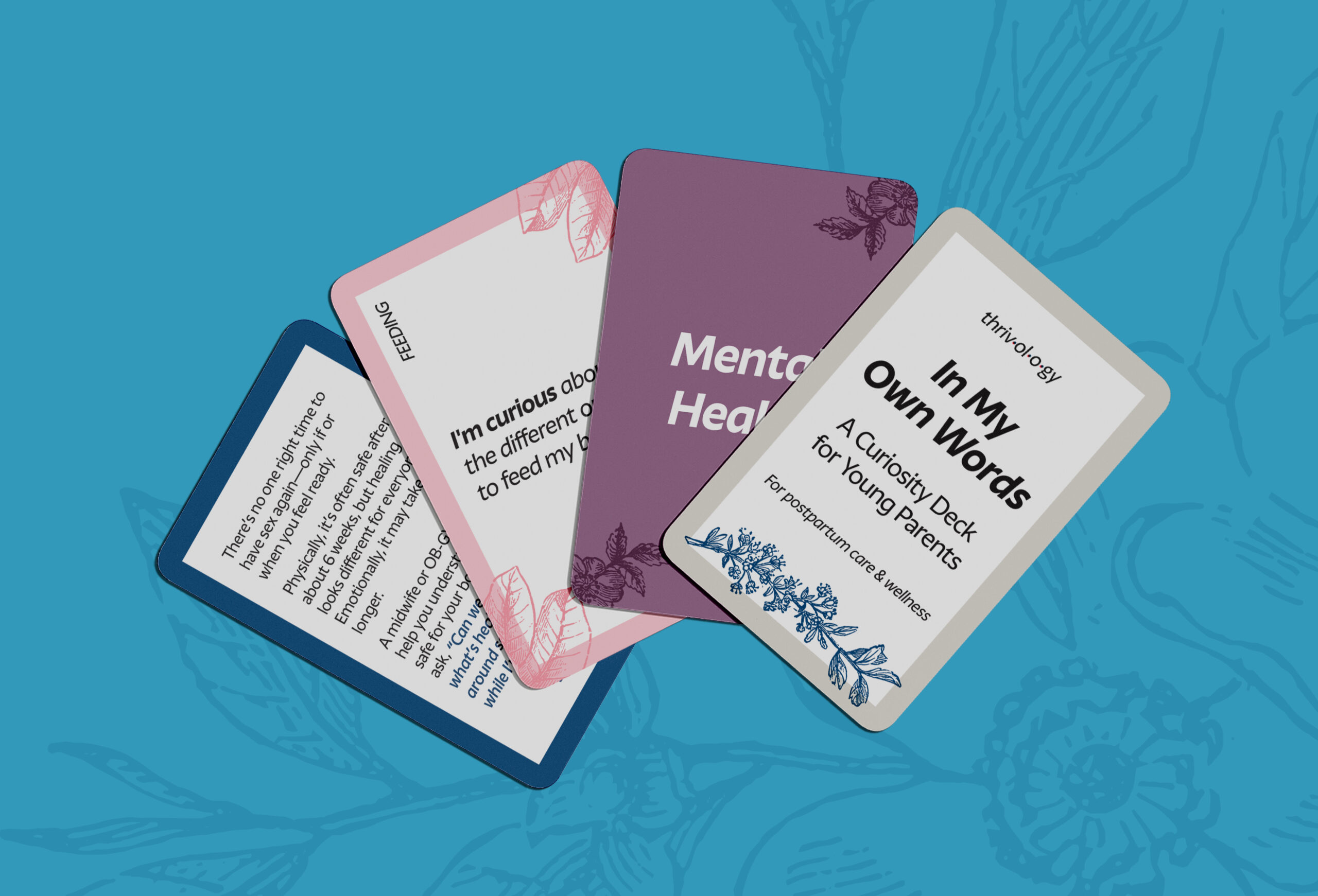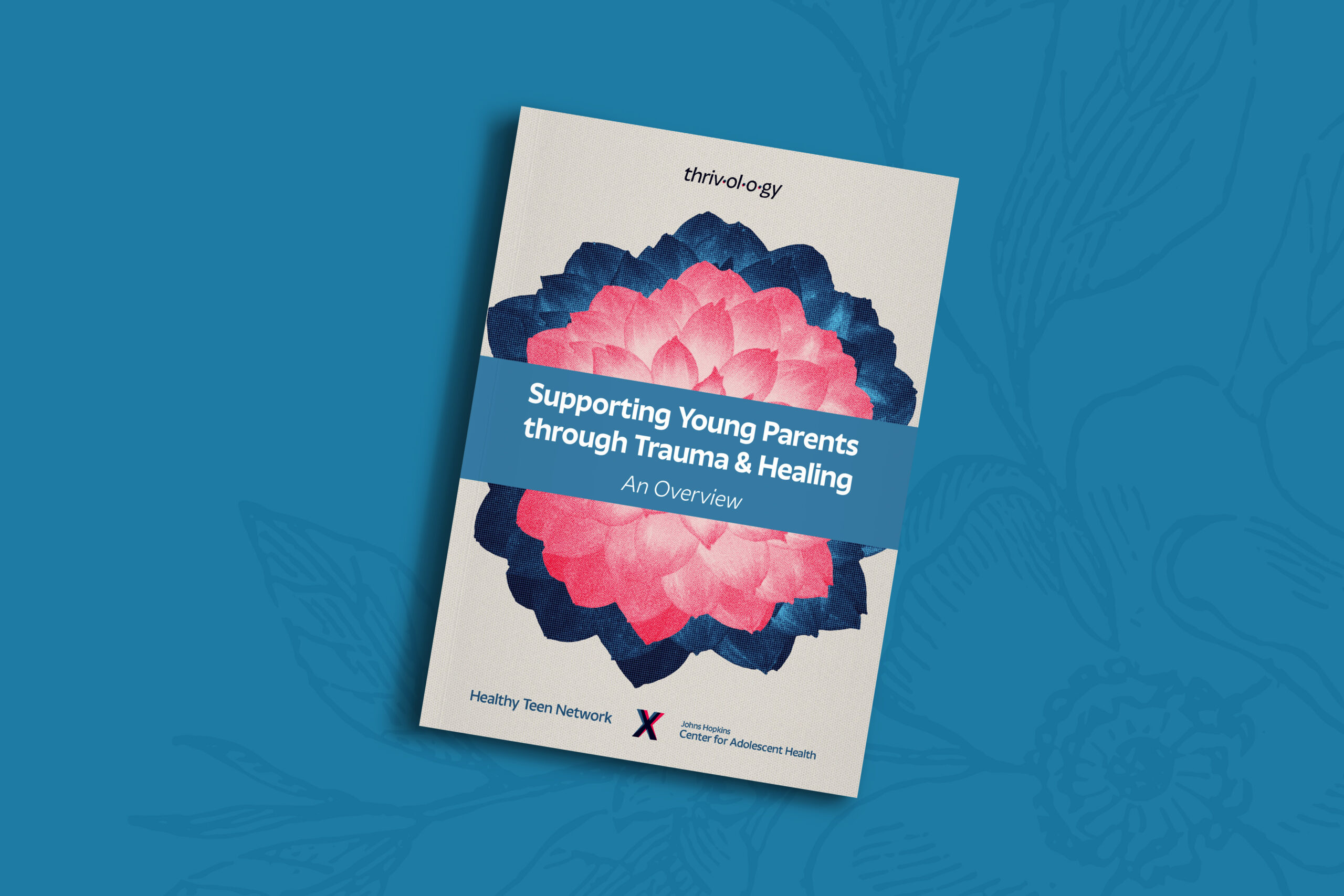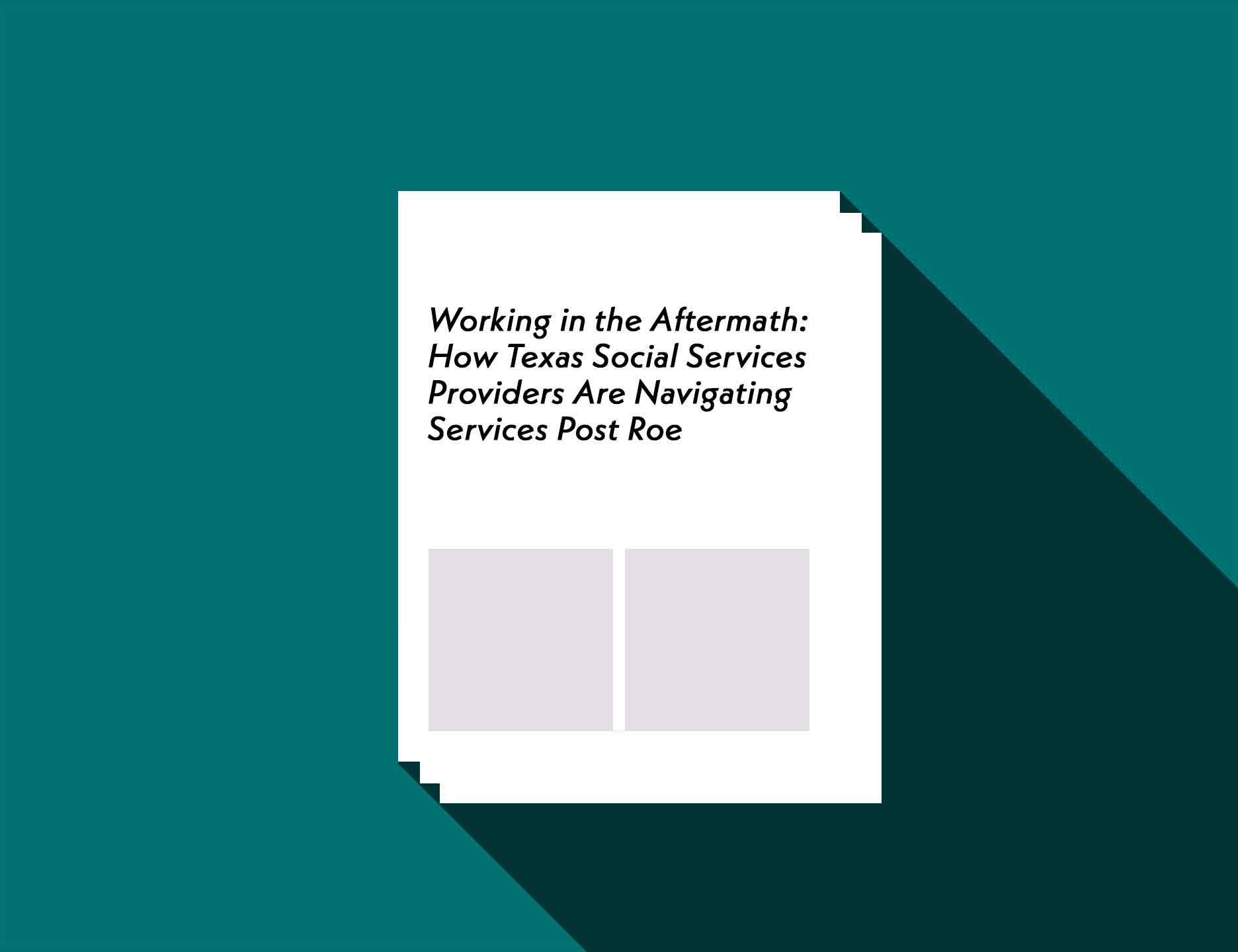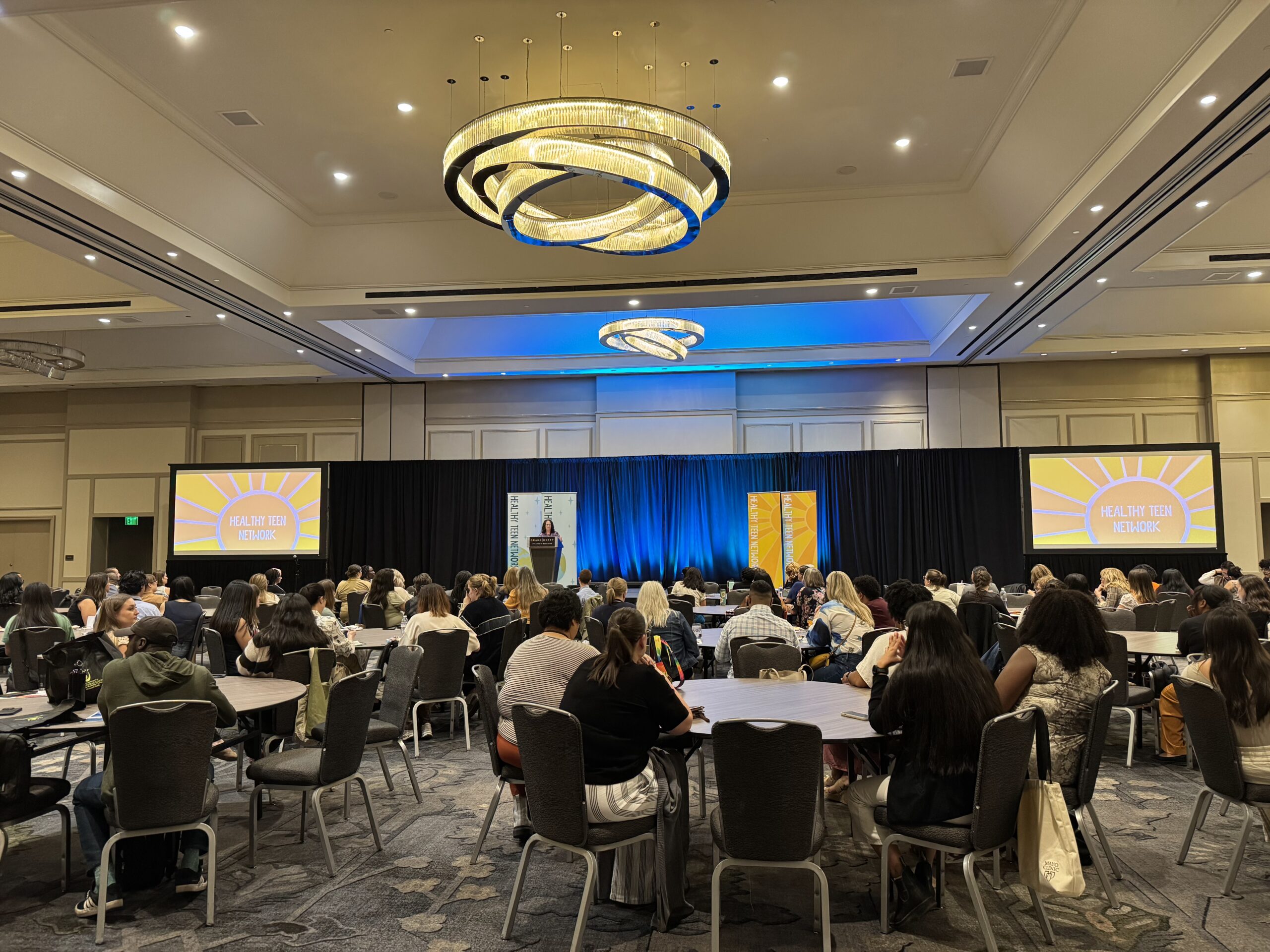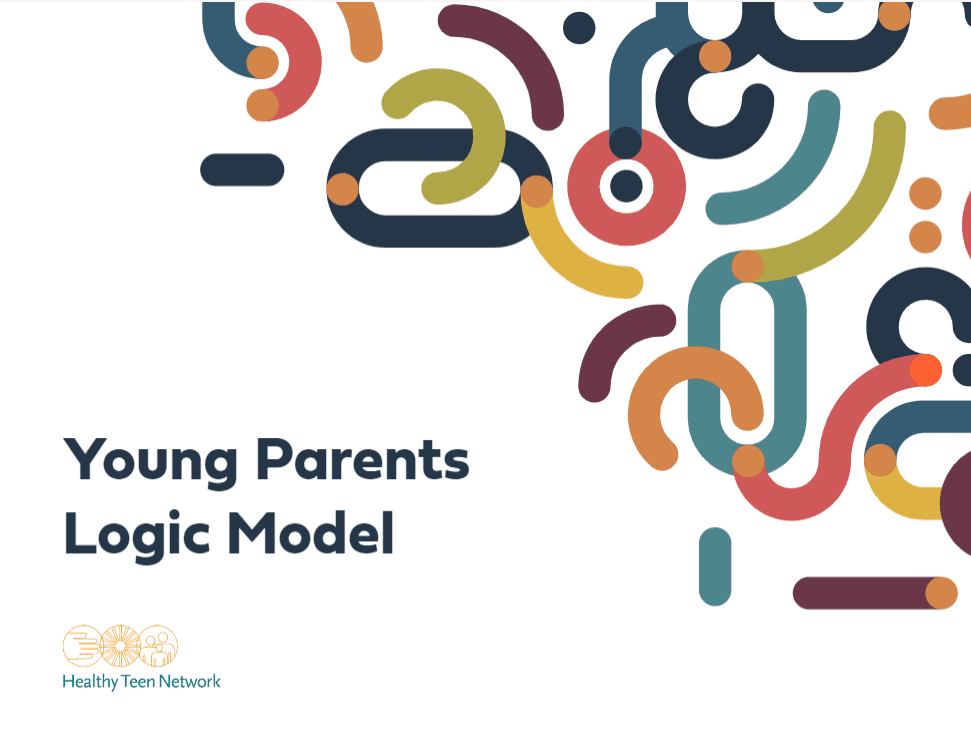
Young Parents Logic Model
2020
The Young Parents Logic Model is a tool designed to help professionals and organizations think about how to design and improve their programs and services for young people who are pregnant or parenting. The tool encourages a holistic approach that considers the many levels of factors and the complexity of needs for this population. The tool can be used as a starting point to help an organization create a logic model for their programs and services.
We Want Your Feedback!
What can we improve? Share your thoughts on this resource in our quick, anonymous feedback form. If you want to be entered to win a full conference registration—leave your contact info at the end!
Contributing Staff





